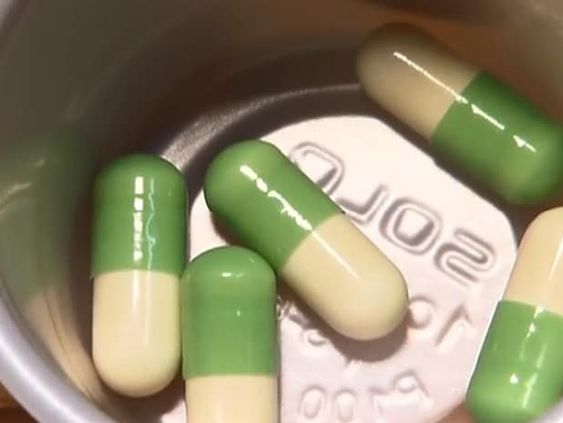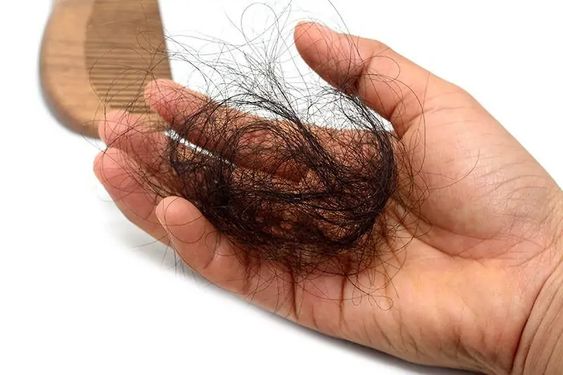Most cardiovascular diseases can be avoided with the right medical intervention. The introduction of technology, such as smart apps, remote monitoring and minimally-invasive techniques, has been successful at addressing the gaps in the vascular care system and has saved millions of lives. Open-heart surgeries are a risky procedure and many new treatments options have been developed in order to reduce the risks. Transcatheter tricuspid Valve Intervention (TTVI), a new treatment for tricuspid Regurgitation or the leaky tricuspid valv, has revolutionized structural cardiology. Percutaneous coronary devices, which are designed to reduce TR severity through valve leaflet plication and can be used to treat severe TR with minimal risk without major complications have become very popular. Currently, 80% of mitral regurgitation treatments are being performed with the MitraClip/TriClip(tm) system worldwide to address the specific features of the transcupid valve anatomy.
Abbott’s TriClip ™ was the first of its kind to be CE-marked as an option non-surgical TR treatment. This minimally-invasive device, which is based on the MitraClip transcatheter mitral valvuloplasty clip used by Abbott Medical Devices, was developed as an evolution of that company’s successful and highly popular MitraClip. TriClip G4 is the next generation clip-based treatment. It has a new leaflet-grasping feature, and it also features new clip sizes that are tailored to each individual patient’s anatomy. TriClip ™ is a good option for those with co-morbidities. TR left untreated for too long can cause atrial fibrillation and heart failure. The device can prevent high-risk patients from undergoing open-heart surgeries, which may present complications. This new generation clip therapy improves cardiologists’ abilities to repair the tricuspids valves in a safe and effective manner, improving the quality of living for patients with severe symptoms and severe tricuspid regurgitation. After the clip is implanted, patients will experience a significant reduction in symptoms like shortness of breathe, fatigue, loss of endurance, ascites and peripheral edema.
In the pivotal TRILUMINATE study, examining the edge-to-edge technique with Abbott’s clip therapy over a six-month period, a reduction of TR severity was observed. This improvement in TR symptoms and functional heart status were also sustained. The doctors consider that the device is highly reliable, durable and safe for treating TR, especially in patients with high risk or moderate to severe TR. TriClip ™ is a device that can repair the tricuspid without open heart surgery. It works by clipping together leaflets in order to decrease blood flow. This minimally-invasive procedure allows for the heart to be able to pump blood better and alleviate symptoms related with tricuspid leakage.
The delivery system of Abbott’s TriClip ™ is different. Although the device uses the same technology as the MitraClip, a transcatheter therapy for leaky mitral valvules. The steerable catheter system was designed to fit the right-side of the heart, where there is a transcupid valve. Abbott’s TriClip ™ comes in two sizes to meet patients with different anatomy. TriClip ™ has been approved by the CE Mark for Europe.
TriClip ™ system is composed of two main parts: steerable guide catheter and clip delivery systems. The CDS consists of a wide, chrome-cobalt clip with articulated arms, a steerable catheter and a 4mm or 7mm, respectively, NT and XT, size. In the TriClip(tm), there are two knobs to steer. The steerable sleeve also has only one knob for deflecting and decreasing the radius of distal curve. Modifications make it easier to bend and guide maneuvers in the right atrium. This device clips the two leaflets at their center to create smaller openings and a more secure seal. TriClip(tm), the upgraded version, allows for clinicians to tailor their procedure according to the unique valve of each patient and to grasp both leaflets independently before fastening. The device, with a 100% success rate of implanting the valves, can save patients time and money by cutting down the hospitalization requirement by 40%.
Alternative Treatment for Minimally Invasive Tricuspid Therapy
Edward LifeSciences-PASCALThe PASCAL device can be successfully adapted to reduce TR as it creates a new surface for coaptation of tricuspid leaflets, which helps in reducing leakage. This medical device is made up of a spacer filled with foam that’s inserted into the orifice through an axillary vein. PASCAL is a 42mm long device with a diameter between 12 and 15mm. It’s recommended for moderate to severe TR. The 22F system allows for easy maneuvering in three directions and the stabilizers locks handles make it a convenient procedure. Central spacers are beneficial because they eliminate the need for the surgeon to manually pull out the valve leaflets as in a traditional procedure. The device is implanted to help repair the valve, by better dispersing the force of the system through the leaflets of valve. This helps in the efficient functioning of the heart.
PASCAL offers minimally-invasive treatment for the patient as it is introduced through the area of the groin, with an entry point between 0.7 and 0.8 cm. Physicians can benefit from the independent clasping feature of PASCAL’s repair system. The surgeon is able to control the clasping machine on each side individually during surgery. This was not possible before. This technique allows physicians to open one side of the latch while leaving the other in a stationary position. It helps optimize the capture and close the system. This method of leaf-by-leaf capture improves PASCAL’s efficacy and results. After the procedure, it is possible to extubate and send the patient back to a normal ward. Contrary to valve surgery, patients do not need pain medication and are discharged in two days. The patient is able to return to normal activities after a week.
Edward Lifesciences’ FORMA, a relatively new tricuspid treatment, was designed to treat leakage of tricuspid leaves. However, the device is still in clinical trials, and it has not yet received CE approval.
TriClip ™ Transcatheter Tricuspid Valve Repair System offers excellent results, as well as safety and feasibility. The clip-based treatment is expected to revolutionize the way tricuspid regurgitation(TR) will be managed in the future. The medical device must be evaluated in further clinical trials before its effectiveness can be determined against tricuspid therapy. Transcatheter tricuspid valvuloplasty does not work well for those with mild to moderate organic and aortic diseases, PPML or previous valve surgery. New methods and techniques are needed to increase the range of treatment options for patients suffering from cardiovascular issues.
According to TechSci’s research report “Global Interventional Cardiology Devices Market by Product Type (Angioplasty Balloons & Stents) By End-User (Hospitals & Clinics Ambulatory Surgery Centers Others), Competition Forecast & Opportunity, 2026″, it is expected that the global interventional cardiovascular devices market will grow at a CAGR of over 20% during the forecast period. This growth is attributed to the rapid rise in demand for minimally-invasive surgery and advancements in medical device technology. The global market for interventional cardiology products is also growing due to the high demand of novel products to treat cardiovascular diseases and reduce the risks.




